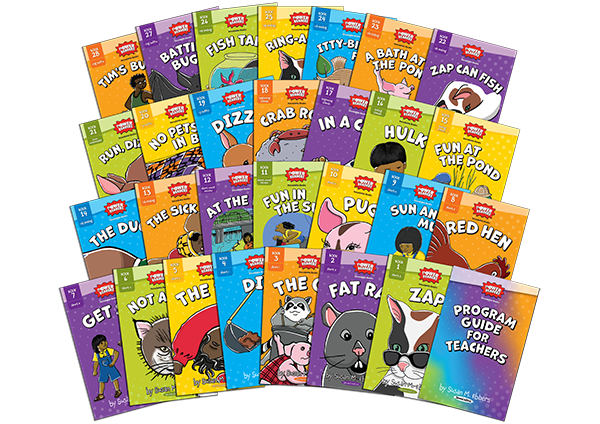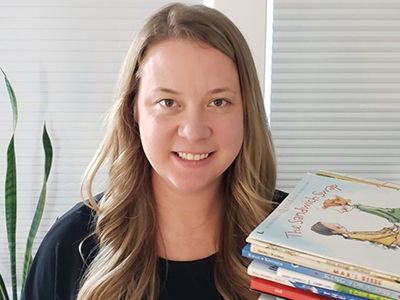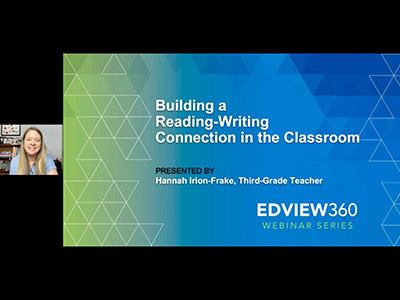What is Power Readers?
The Power Readers series is comprised of 28 decodable stories with pre- and post-reading skill-building activities. As stories progress, students work on the systematic building of phonological awareness, decoding and irregular word recognition, fluency, vocabulary, morphology, and comprehension.
Power Readers can be used alongside any core reading program for K–1 students or for strategic or intensive reading reinforcement in lower elementary grades. Power Readers helps readers feel successful, confident and powerful.


NEW Second Edition!
For years, Power Readers have been a trusted tool used in classrooms across the world. New for back-to-school 2023, a fully colored and revised second edition of Power Readers is available for purchase.
Why Power Readers?
- Fun, recurring cast of characters and animals keep students engaged
- Promotes vocabulary and reading comprehension
- Students build skills through vocabulary and sight word practice
- Realistic fiction of an expository nature and poetry used throughout
- Aligned to Acadience® Reading K–6 Measures

Fun and Engaging for Every Student
The colorful pictures and engaging stories are motivating for all students. Readers have so much fun with the content, they are unaware of the rich foundational skills they are building.
Systematic building of one-syllable words to two-syllable words
Practice decoding and high-frequency words with every story
Sound Stage to build phonemic awareness as students listen and articulate
Pre-reading and post-reading activity pages with student-friendly questions to gauge comprehension
Rhyme Time lets students write and sound out decodable words
Develops reliable reading habits and set students up for success
Expert Authorship
Susan Ebbers is a literacy expert and author of Power Readers, Supercharged Readers, and Vocabulary Through Morphemes. She has consulted across the country and continues to work to promote reading, focusing on vocabulary and morphological awareness.
Resources:

Once a student has learned the alphabetic code, their vocabulary knowledge is the strongest predictor of reading comprehension. But how do we know which words to teach our students? And what is the best way to teach these words?

A sound wall is an interactive reading and writing instructional tool for students. It focuses on sound, instead of the letters of the alphabet, with the 44 phonemes in the English language. Sound walls are created to facilitate the connection from speech to print.

Interested in improving your literacy teaching and discovering creative new ways to get students excited about writing? Join teacher and science of reading-advocate Hannah Irion-Frake as she explores the reading-writing connection and shares ways you can appropriately increase the amount of writing students do in your classroom.

